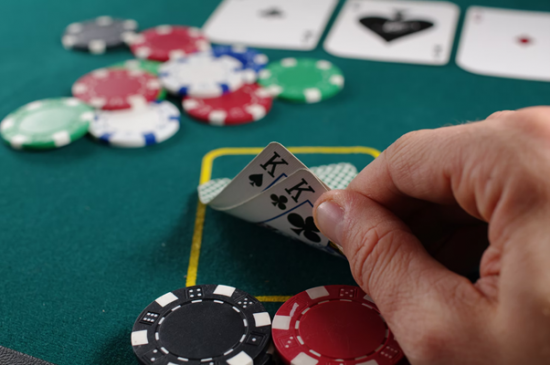5 Things Films Get Wrong About Casinos
Casinos have served as settings for some of film’s most dramatic scenes pretty much as long as they’ve been around. This has sparked many childhood dreams of dressing to the nines and suavely winning a game of baccarat, poker or blackjack – but it’s also led to some rather wild misconceptions about what actual casinos are like in real life. Below, we’ve compiled five of the most common ones found in popular casino films.
Casinos Only Cause Trouble in Their Communities
First off, it’s a common misconception that casinos are only run by criminals and are menaces to society. But while there are certainly some shady businesses out there, far from all casinos are like the mob-run Tangiers Casino in “Casino” (1995). For instance, hundreds of US casinos are run by Native Americans on tribal lands – which has helped many tribes build schools, improve their infrastructure, keep traditions alive and generally strengthen their economies. Although these casinos are far from perfect, they’re still a far cry from the casinos we typically see depicted in films.
Every Casino is All Glitz and Glamour
The second untrue cliché on this list is how extravagantly you’re expected to dress when visiting most casinos. Of course, a certain level of sophistication and glamour is an integral part of the magical atmosphere of the casinos. But usually, the beautiful interior and overall atmosphere of the casinos will be more than enough to provide this – and in most Las Vegas casinos, for instance, visitors are under no other restrictions than to use their common sense when dressing (meaning no flip flops, ripped clothing, etc.).
Goons Are at the Ready to Beat Up Cheaters
While this misconception has featured in plenty of films, Robert Luketic’s “21” (2008) especially contributed to it. In this hit film, a team of highly intelligent MIT students master card counting in Blackjack and go on regular trips to Las Vegas, taking home massive winnings. However, this unlikely amount of victories attracts attention – and the main character is beaten up by security and warned not to return. In reality, though, card counting is not illegal, but simply frowned upon. And even if it was, that wouldn’t give casinos the right to take that kind of revenge instead of reporting you. Plus, most security guards don’t seek out fights at work and would prefer to quietly ask you to leave.
Counting Cards Can Make You Rich
While we’re on the topic of “21”, this film also made people all over the world fascinated with learning card counting themselves. And honestly, who wouldn’t want to learn a technique that’d allow you to start winning thousands? The problem with this is that the winnings in “21” are greatly exaggerated. The real-life blackjack team that the film is based on were far from winning every game – and when they did, they most likely wouldn’t have made above $50 an hour, with an average yearly salary of $25,000. Of course, that is still money. But millionaires, they were not.
No Table Limits for Protagonists
Lastly, casino games are often used to set the mood for pivotal, dramatic scenes in films. In order to heighten the sense of urgency in these scenes, both basic rules and realism are often forgotten. “Casino Royale” (2006) is a great example of this: In Daniel Craig’s first film as 007, the pivotal showdown between villain Le Chiffre and Bond takes place over a game of Texas hold’em at a Montenegro casino. The final players in the game end up with a straight flush, two full houses and a royal flush, respectively – a scenario which in itself is utterly ridiculous, with a reported probability of 18 trillion to 1. Furthermore, a million dollar hand like that would never fly at a real-life casino, since there’d be a table limit. But then again, anything’s possible when you’re 007.











